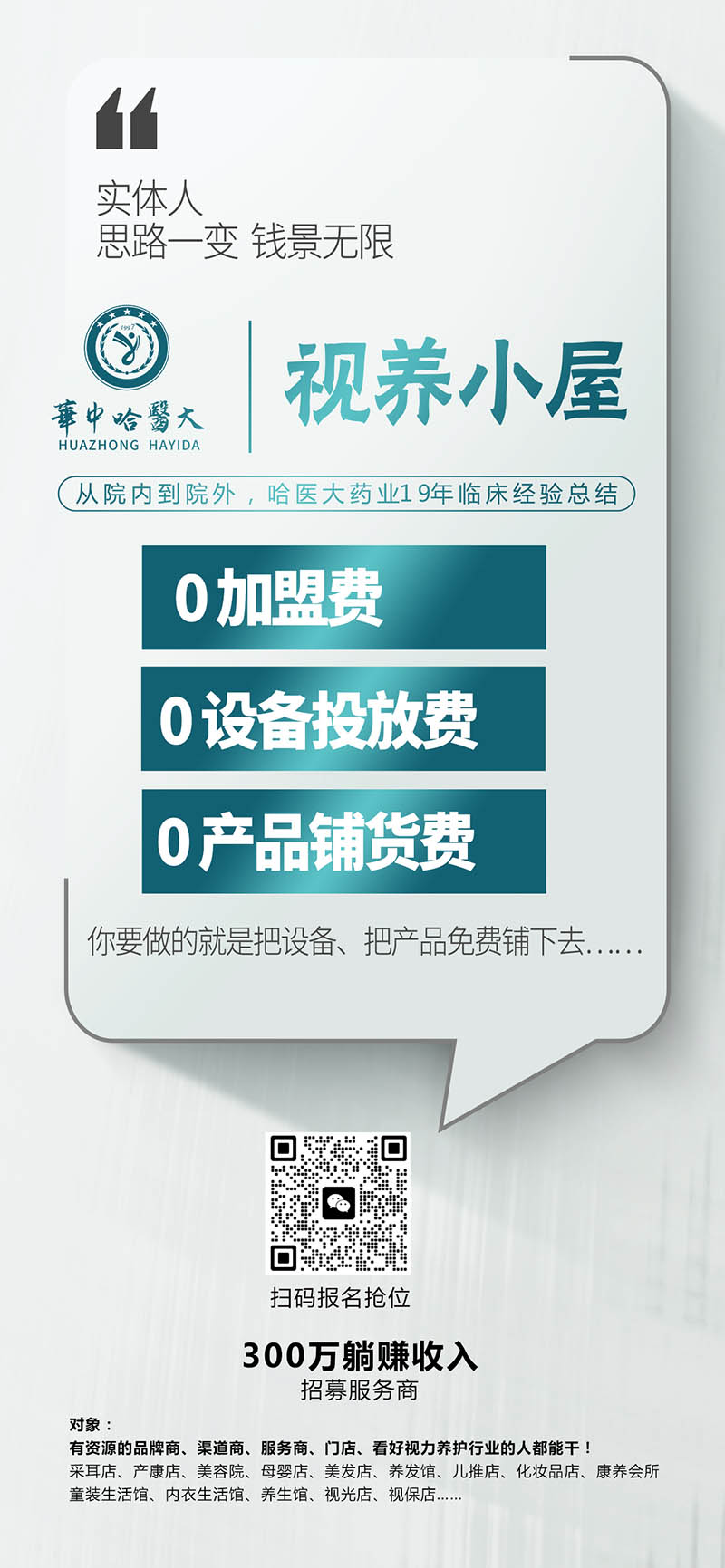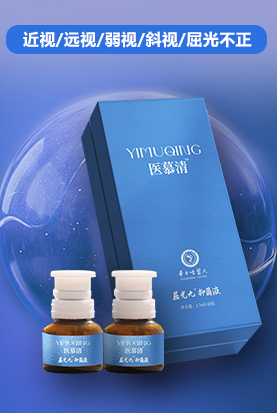
中医治疗低视力方法有哪些
Introduction
In recent years, there has been a growing interest in traditional Chinese medicine (TCM) as an alternative approach to healthcare. One area where TCM has shown promising results is in the treatment of low vision. This article aims to explore the various methods used in TCM for the treatment and preservation of visual health.
Understanding Low Vision
What is low vision?
Low vision refers to the condition in which an individual experiences significant visual impairment but still retains some degree of vision. It can be caused by various factors, including age-related macular degeneration, glaucoma, cataracts, and diabetic retinopathy.
The impact of low vision
Low vision can greatly affect a person's daily life, making it challenging to perform tasks such as reading, driving, and recognizing faces. It can also lead to decreased independence and quality of life.
Traditional Chinese Medicine Approach
Holistic approach
Traditional Chinese Medicine takes a holistic approach to healing, focusing on the balance and harmony of the body, mind, and spirit. This approach is also applied to the treatment of low vision.
Qi and Blood circulation
TCM believes that visual impairment is often associated with poor Qi (vital energy) and blood circulation within the body. By improving the flow of Qi and blood, it is believed that visual health can be restored.
Methods Used in TCM
Acupuncture
Acupuncture is one of the most well-known methods used in TCM. Thin needles are inserted into specific points on the body to stimulate Qi and promote blood circulation. In the case of low vision, acupuncture can target the meridians related to the eyes.
Chinese herbal medicine
Chinese herbal medicine is another key component of TCM. Various herbs and natural substances are used to create customized formulas that address the underlying causes of low vision. These formulas are believed to nourish the eyes and improve overall visual health.
Qigong exercises
Qigong exercises involve gentle movements, breathing techniques, and meditation to enhance the flow of Qi within the body. Specific exercises can be designed to target the eyes and improve their functioning. Regular practice of Qigong exercises can help reduce eye strain and improve visual acuity.
The Importance of Prevention
Early intervention
Prevention is always better than cure, and this holds true for low vision as well. TCM emphasizes the importance of early intervention to prevent the progression of visual impairment. Regular health check-ups and adopting a healthy lifestyle are encouraged to maintain optimal visual health.
Dietary adjustments
In TCM, maintaining a healthy diet is crucial for overall well-being, including visual health. Foods that are beneficial for the eyes include dark leafy greens, carrots, berries, and fish rich in omega-3 fatty acids. Avoiding smoking and excessive alcohol consumption is also recommended.
Lifestyle modifications
Making certain lifestyle modifications can also contribute to better visual health. This includes taking regular breaks from screens, ensuring proper lighting conditions, and practicing eye exercises to relax and strengthen the eye muscles.
Conclusion
Traditional Chinese Medicine offers a holistic and natural approach to the treatment and preservation of visual health. Through methods such as acupuncture, Chinese herbal medicine, and Qigong exercises, TCM aims to improve the flow of Qi and blood circulation, addressing the underlying causes of low vision. Additionally, early intervention, dietary adjustments, and lifestyle modifications play a vital role in the prevention of visual impairment.
� 中医治疗低视力方法有哪些
� 健康
� 哈医中视养
� 了解中医治疗低视力所采用的方法,探索中药、针灸和气功练习等传统疗法对保护和改善视力的作用。预防低视力的重要性以及饮食和生活方式的调整对视力健康的影响。全国招聘加盟商。
哈医中视养是“哈医中视养(广州)健康管理有限公司旗下品牌,在“健康中国,全民护眼”的时代背景下,哈医中视养携手“华中哈医大*中医视力养护”项目团队,将哈医大药业19年临床经验总结的产品、技术引到院外市场,普惠大众,致力于为全龄段(3-120岁)人群提供眼健康一站式解决方案,用中医视力养护的方式,帮助更多孩子摘掉眼镜,让中老年人看的更清楚;给孩子们一个终身不戴眼镜的机会!
